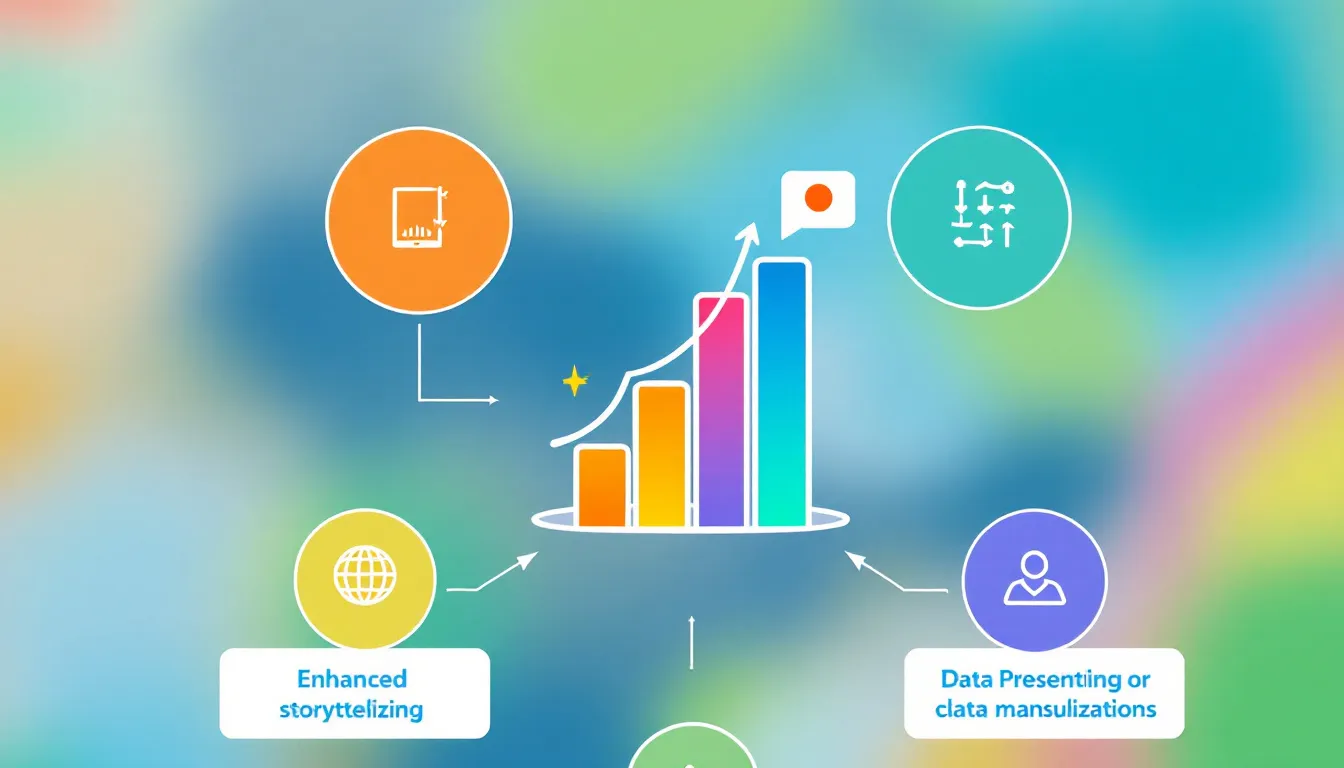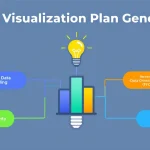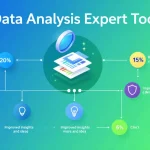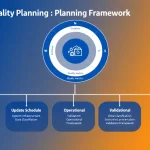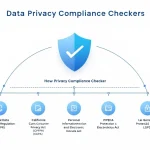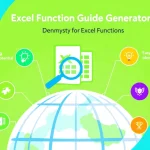Is this tool helpful?
How to Use the Data Presentation Expert Tool Effectively
This tool helps you create clear and engaging presentations from complex data. Follow these simple steps to get the best results:
- Specify the Type of Data: Enter the data you want to analyze and present. For example, “Monthly website traffic analytics” or “Employee satisfaction survey results from 2022”.
- Identify Your Audience: Select your audience’s understanding level of the topic. For instance, choose “Novice marketers with limited data experience” or “Experienced financial analysts”.
- Highlight Key Insights (Optional): Provide specific trends or insights you want to emphasize. Examples include “Customer churn rate over six months” or “Seasonal patterns in energy consumption”.
- Choose Visualization Preferences (Optional): Mention preferred visualization types. You might want “Stacked area charts and bubble charts” or “Dashboard-style infographics”.
- Generate Your Presentation: Click the generate button to receive a tailored strategy that outlines how to analyze and visually present your data effectively.
After submitting, the tool processes your inputs and delivers a comprehensive presentation plan. Use this to shape your slides, reports, or dashboards with confidence. You can easily copy the results for quick integration into your workflow.
Introducing the Data Presentation Expert Tool: Transform Your Complex Data into Clear Visual Stories
The Data Presentation Expert Tool simplifies turning complex datasets into clear, engaging presentations tailored to your audience. It helps bridge the gap between raw information and the clear communication your stakeholders need.
Whether you’re presenting scientific findings, marketing statistics, or financial trends, this tool guides you through creating effective data stories. It matches your inputs with the best visualization styles and narrative approaches to maximize understanding and impact.
Purpose and Benefits of the Tool
This tool acts as your personal data communication assistant. It focuses on making complex information accessible and meaningful by:
- Saving Time: Get quick, actionable presentation strategies without hours of research.
- Audience Focus: Tailor your message to suit the knowledge level of your viewers.
- Uncovering Insights: Identify key patterns and trends within your data.
- Adaptability: Work with various data types, from business metrics to scientific research.
- Boosting Outcomes: Deliver presentations that help your audience make informed decisions.
Practical Applications: How You Can Use This Tool
The Data Presentation Expert Tool applies across many fields. Here are some practical examples:
Business Reporting
Scenario: You need to present monthly sales data to regional managers who have differing familiarity with data analysis.
- Input data type like “Monthly sales figures by region”.
- Specify audience as “Mixed-level managers in sales”.
- Focus on trends like “Seasonal spikes and regional performance differences”.
- Request visualization preferences such as “Line graphs and regional heat maps”.
The tool recommends straightforward charts, explanations suited for both beginners and experts, and narrative flow to highlight growth areas and challenges clearly.
Scientific Research Communication
Scenario: You’re presenting experimental results on environmental pollution to a group including policymakers and general public members.
- Data type input: “Air quality measurements over five years”.
- Audience selection: “General public with no scientific background”.
- Key insights: “Trends in pollution reduction efforts”.
- Visualization preference: “Infographics with simple icons and explanatory captions”.
The tool suggests visualizations that combine clarity with engagement, avoiding technical jargon while emphasizing key findings and actionable steps.
Educational Use
Scenario: A teacher wants to explain economic concepts using real-world data to high school students.
- Data type: “National unemployment rates over the past decade”.
- Audience level: “High school students with basic math skills”.
- Key insights: “Impact of recessions on employment”.
- Visualization preferences: “Simple bar charts and animated timelines”.
The tool crafts a clear, engaging presentation tailored to the students’ level, using visual aids that make economic data easier to grasp.
Why Effective Data Presentation Matters
Communicating data effectively helps your audience understand, remember, and act on important information. Here’s why mastering this skill benefits you:
1. Making Complex Data Accessible
You turn numbers and statistics into clear insights your audience can understand regardless of their expertise. This builds trust and informed decision-making.
2. Enhancing Memory and Engagement
Visuals help your audience absorb and recall information faster. Incorporating well-designed charts and narratives keeps them focused and interested.
3. Spotting Patterns Quickly
Effective data presentations enable you and your audience to identify trends, anomalies, and connections quickly—helping you respond to challenges or opportunities faster.
4. Inspiring Purposeful Action
When viewers understand your data story, they’re more motivated to act—whether it’s making strategic decisions, adopting new policies, or changing behaviors.
5. Building Your Credibility
Clear data communication shows your expertise and professionalism. It proves you understand your topic deeply and can guide others through the information effectively.
How the Tool Meets Your Key Needs
Here’s how the Data Presentation Expert Tool solves common challenges you face:
Tailoring Content to Your Audience
By specifying your audience’s knowledge level, the tool adjusts the complexity of language and visuals, making your presentation suitable for novices, intermediates, or experts alike.
Focusing on Essential Insights
The tool helps you highlight the most critical trends or patterns in your data, so your audience connects with the key messages effectively.
Choosing the Right Visualizations
It recommends visualization types that fit your data characteristics and presentation goals, whether that’s time-series analysis, comparisons, or geographic distributions.
Building a Clear Narrative
Beyond suggesting charts, the tool guides you in structuring your presentation logically—from overview to detail to conclusion—making your data story easy to follow and impactful.
Important Disclaimer
The calculations, results, and content provided by our tools are not guaranteed to be accurate, complete, or reliable. Users are responsible for verifying and interpreting the results. Our content and tools may contain errors, biases, or inconsistencies. Do not enter personal data, sensitive information, or personally identifiable information in our web forms or tools. Such data entry violates our terms of service and may result in unauthorized disclosure to third parties. We reserve the right to save inputs and outputs from our tools for the purposes of error debugging, bias identification, and performance improvement. External companies providing AI models used in our tools may also save and process data in accordance with their own policies. By using our tools, you consent to this data collection and processing. We reserve the right to limit the usage of our tools based on current usability factors.
